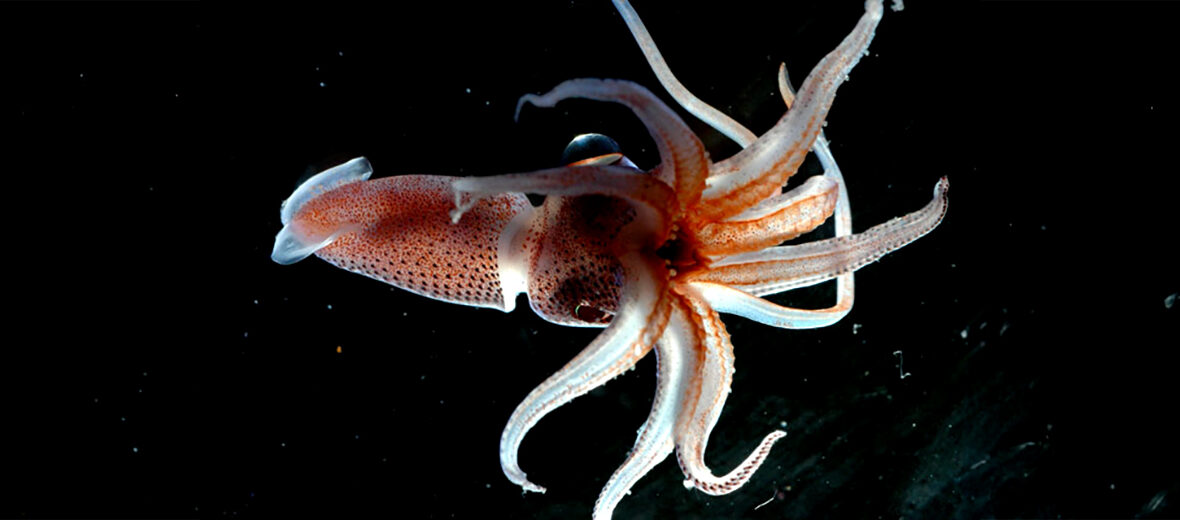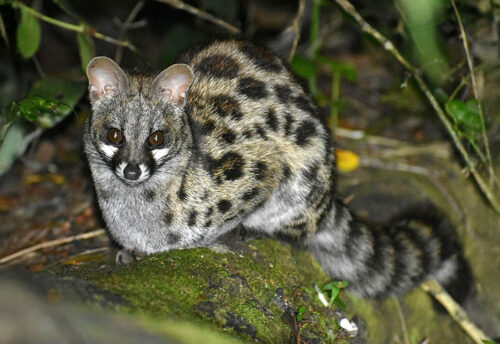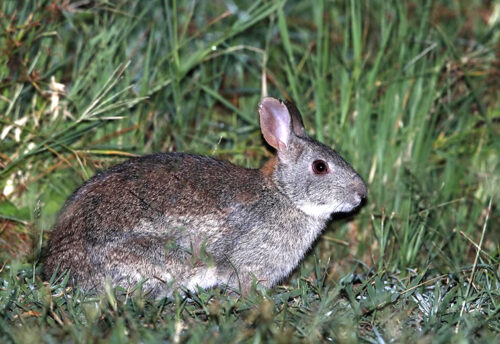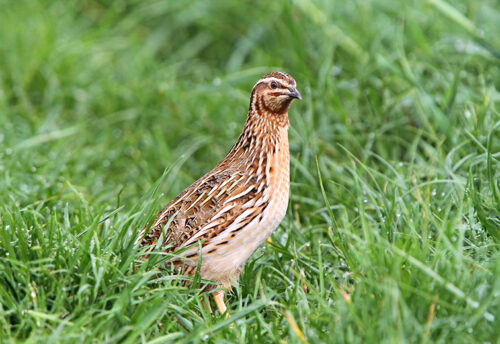
The strawberry squid is a smaller species of cockeyed squid whose name hails from its red skin with dots so it appears like a strawberry with seeds. These cephalopods face no substantial threats to their survival, sans water pollution and climate change, that can affect water temperatures and cause the relocation of their prey. The IUCN lists these squids as Least Concern, but their population trend is unknown at this time.
First the Stats…
Scientific name: Histioteuthis heteropsis
Weight: Up to 2+ ounces
Length: Up to 8+ inches
Lifespan: Up to 8+ years
Now on to the Facts!
1.) These squids can be found in the deep waters off the west coasts of Canada, Chile, Mexico (Baja California), & California, Oregon, and Washington in the United States.
2.) They get their scientific nomenclature of cockeyed squid due to their set of differently sized eyes. The right eye is normal-sized, round, blue, and sunken in; whereas the left eye is at least 2x the diameter of the right eye, tubular, yellow-green, faces upward, and bulges out of the head.
3.) It has been theorized that they use their larger eye to see ambient light, and their smaller eye to detect bioluminescence from prey animals.
4.) Their body has a deep red pigmentation and they possess photophores which are used to change the coloration of their skin.
5.) They use their photophores for 2 purposes: counter-illumination and concealing prey.
But wait, there’s more on the strawberry squid!
6.) Being less defensive than other squid species, they are not as likely to ink when approached.
7.) They dwell in the ocean’s mesopelagic zone (middle pelagic or twilight zone) and are found in the California Current as well as the Humboldt Current.
Did you know…?
Males don’t possess a hectocotylus (a specialized arm used for delivering spermataphores) as is common in other mesopelagic squid species, although they do have a phallus which is used to transfer spermatophores to the female during copulation.
8.) These squid can be found at depths of up to 0.62 miles.
9.) Not much is known of these squid’s reproductive habits, such as egg amounts or hatching duration.
10.) Just like most squids, once a prey item is captured, they bite immediately into the fleshy parts of their prey with their sharp beak and release the leftover uneaten corpse when done.
But wait, there’s still more on the strawberry squid!
11.) Prey animals likely consist of various fish and crustaceans.
12.) As mentioned, inking only occurs when pestered or touched. In all instances of inking, specimens lingered in the ink cloud unless further provoked.
13.) Arthur Leroy Berry first described these critters in 1913.
Now a Short Strawberry Squid Video!
Be sure to share & comment below! Also, check out the Critter Science YouTube channel. Videos added regularly!

Want to suggest a critter for me to write about? Let me know here.
Some source material acquired from: Wikipedia & IUCN
Photo credit: L. Madin



